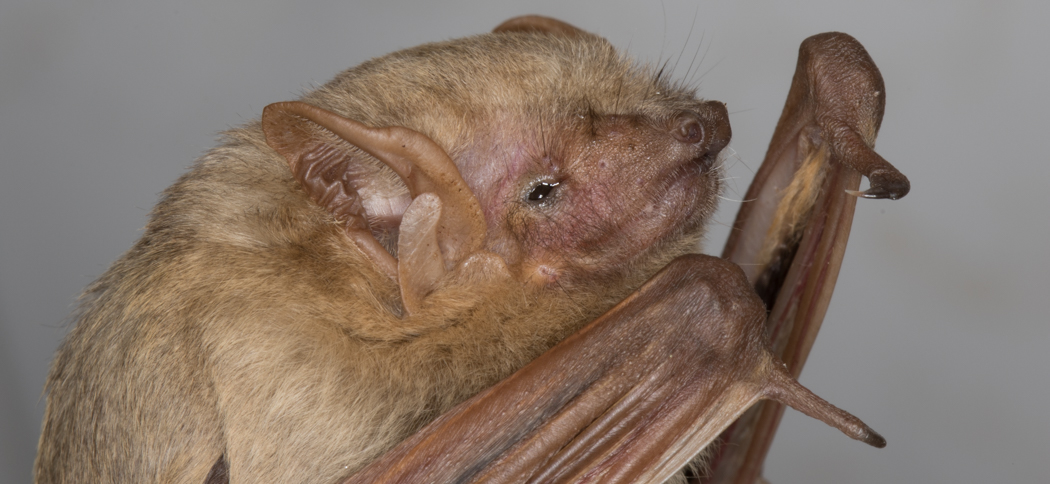
Strange Tails
We're delighted to have a strong population of strange-tailed tyrants at the reserve. So much so that we've adopted these beautiful and endangered birds as the symbol of the Trust
The growing diversity of the animals of Reserva Don Luis is a fresh source of delight every time we return. We don't play favourites, but it's impossible not to engage more with some of our more conspicuous guests. One of these is the strange-tailed tyrant. The male is stoic in his tolerance of one of nature's strangest - and it would seem least practical - adaptations. He's willing to suffer to be beautiful, and somehow manages to fly with tail feathers that were surely designed for a bird three times his size.
We love his perseverance; his resolution to succeed against challenge, and his ability to prove that anything is possible. He's appearing in growing numbers on the Reserva Do Luis, and his success has become an allegory for, and a symbol of, our own.
When we started the process of updating and redesigning our website, we wanted to adopt an image that symbolised our aims and our challenges. This brave little flycatcher, with his indomitable character, was the perfect choice.
The logo is a stylised profile of a male tyrant, silhouetted against the sunrise. We coloured the sun the blue of the Argentinian flag in honour of this country's beauty, its climate and the breathtaking span of magnificent animals that it nurtures.

Bat Research
Our bat team is conducting bat research both in the Ibera Marshes and in other provinces. We are especially concentrating on Misiones at the moment where we find the largest bat in Argentina, Chrotopterus auriitus and Myotis ruber, two species that we are researching.

Lasiurus ega
Southern Yellow Bat
We first found this beautiful species roosting in our large bamboo plant in early June 2014 and have since caught it in our nets under special licence from Parques y Reservas. Although the Ibera marshes are just inside of its range, it defines the southern boundary and it has not previously been reported here. It is insectivorous and belongs to the Vespertillionidae family and is a medium sized, uncommon bat.
It is covered with thick pale yellow fur back and front and its tail is enclosed in a membrane which it uses for scooping up prey. The ears are medium sized and close to the side of the head with a relatively large rounded tragus. It has narrow high aspect ratio wings.
It roosts in trees, especially Palms where it is hidden in the dead yellowish fronds and we also found it in a large bamboo plant. As with most bats the female is larger than the male.

